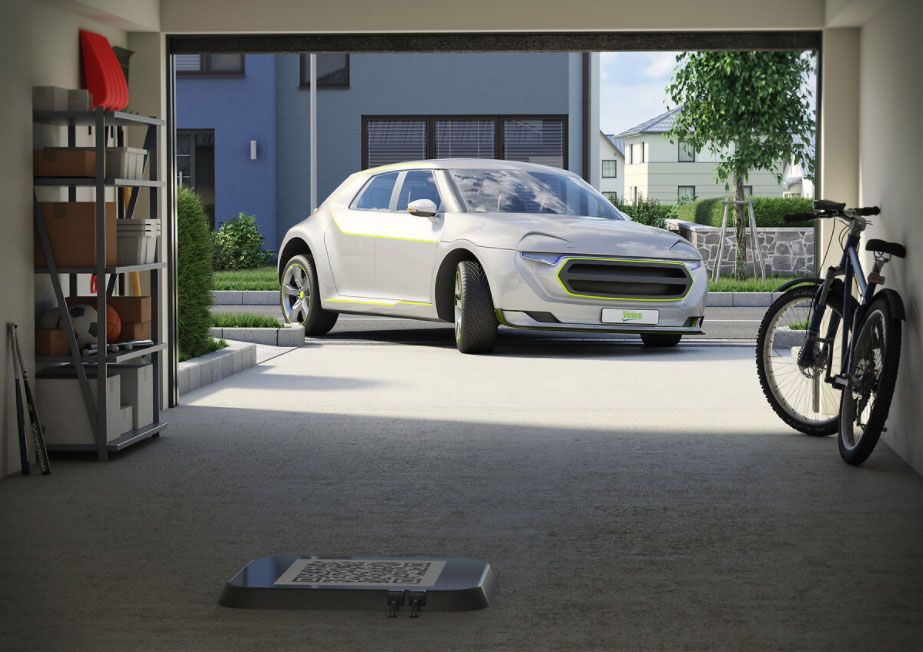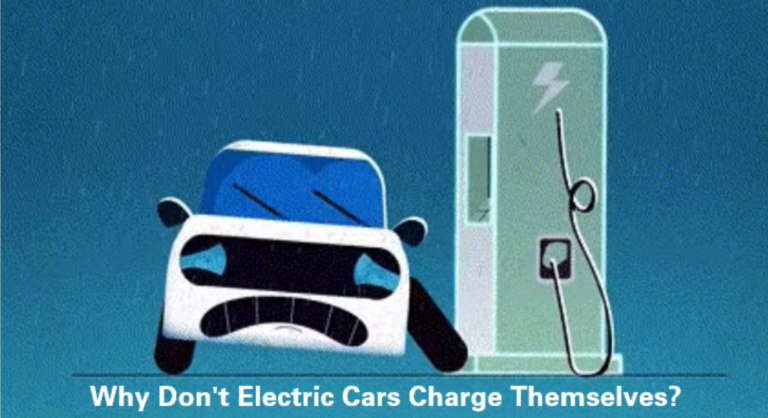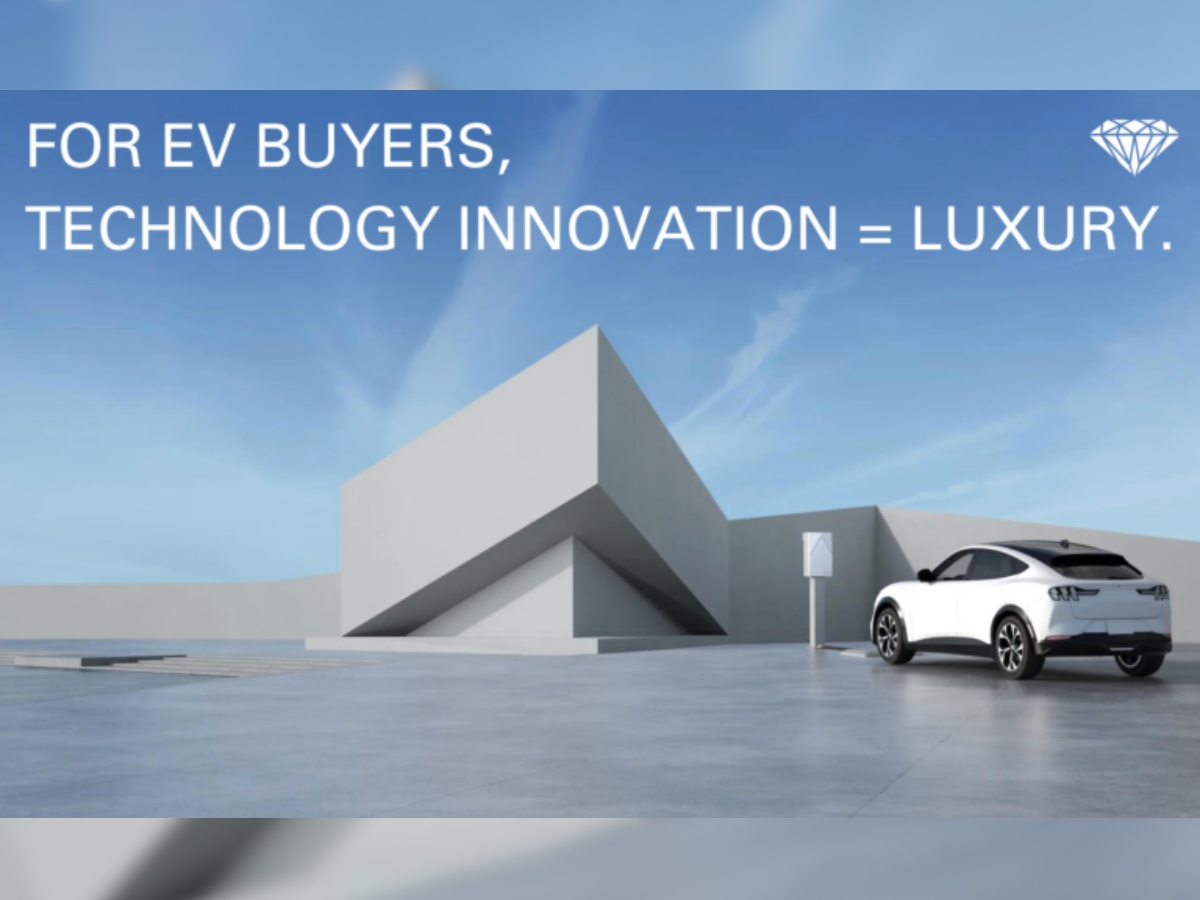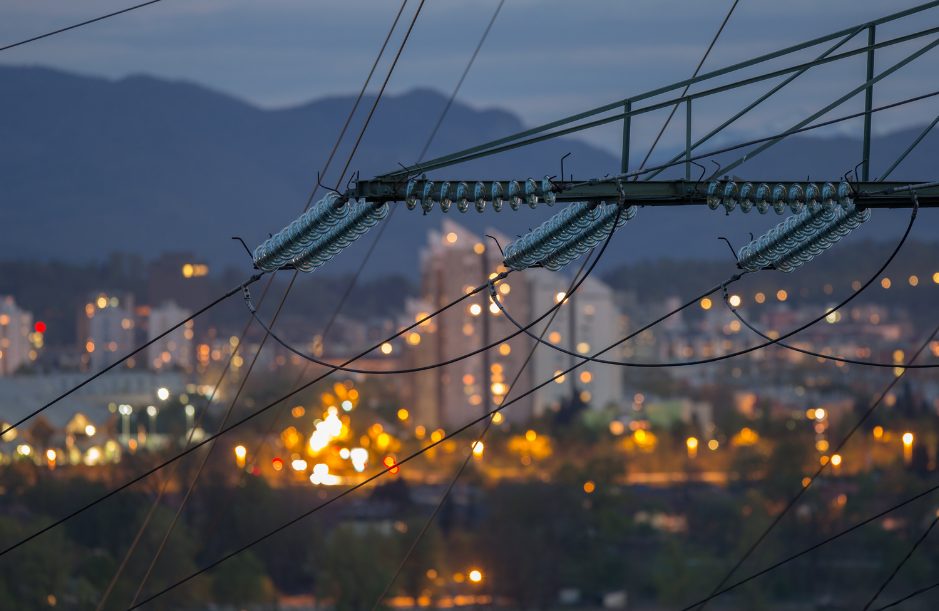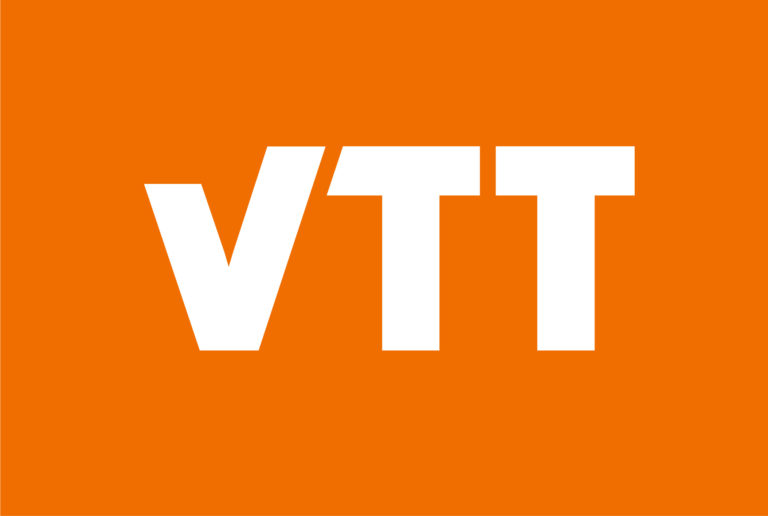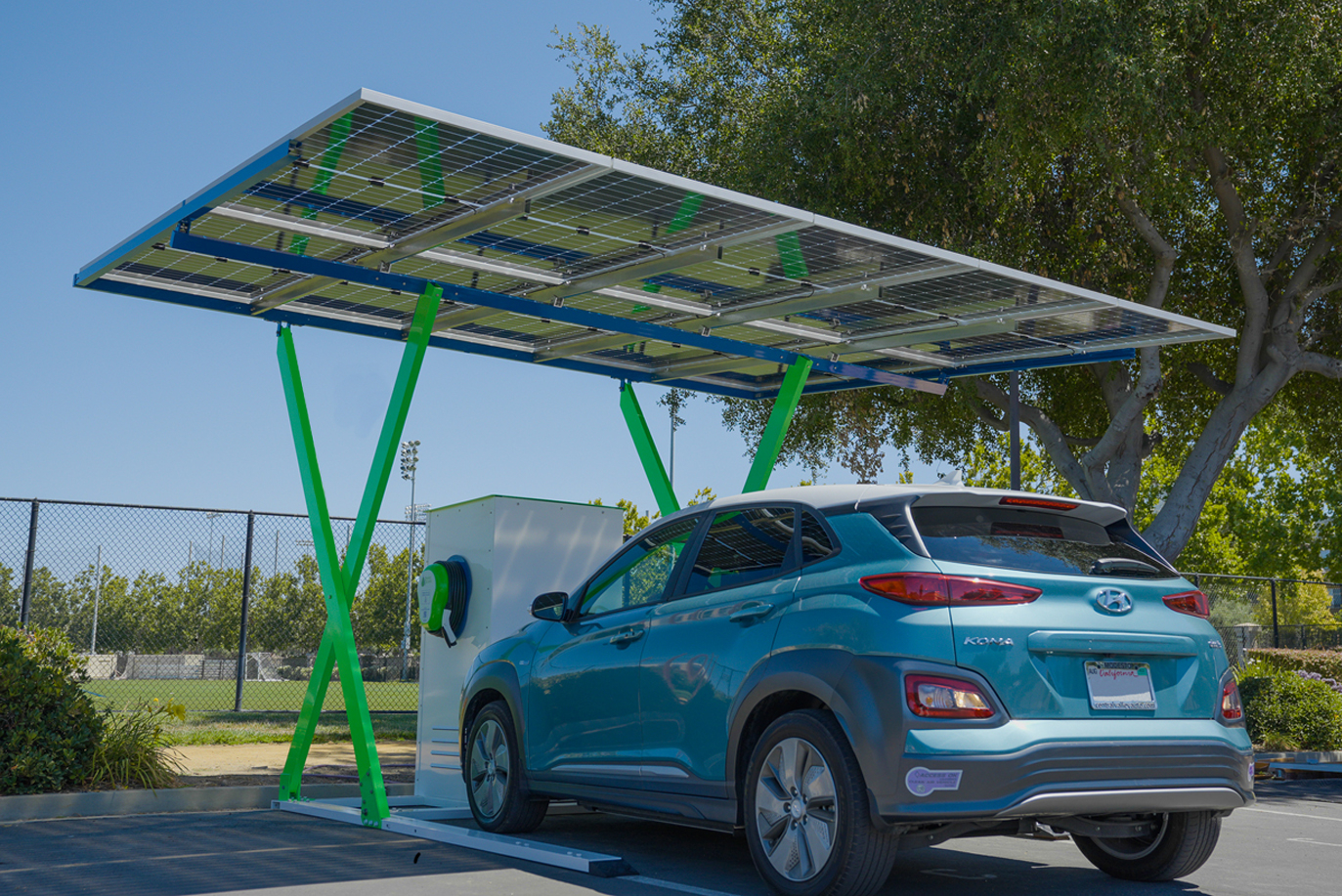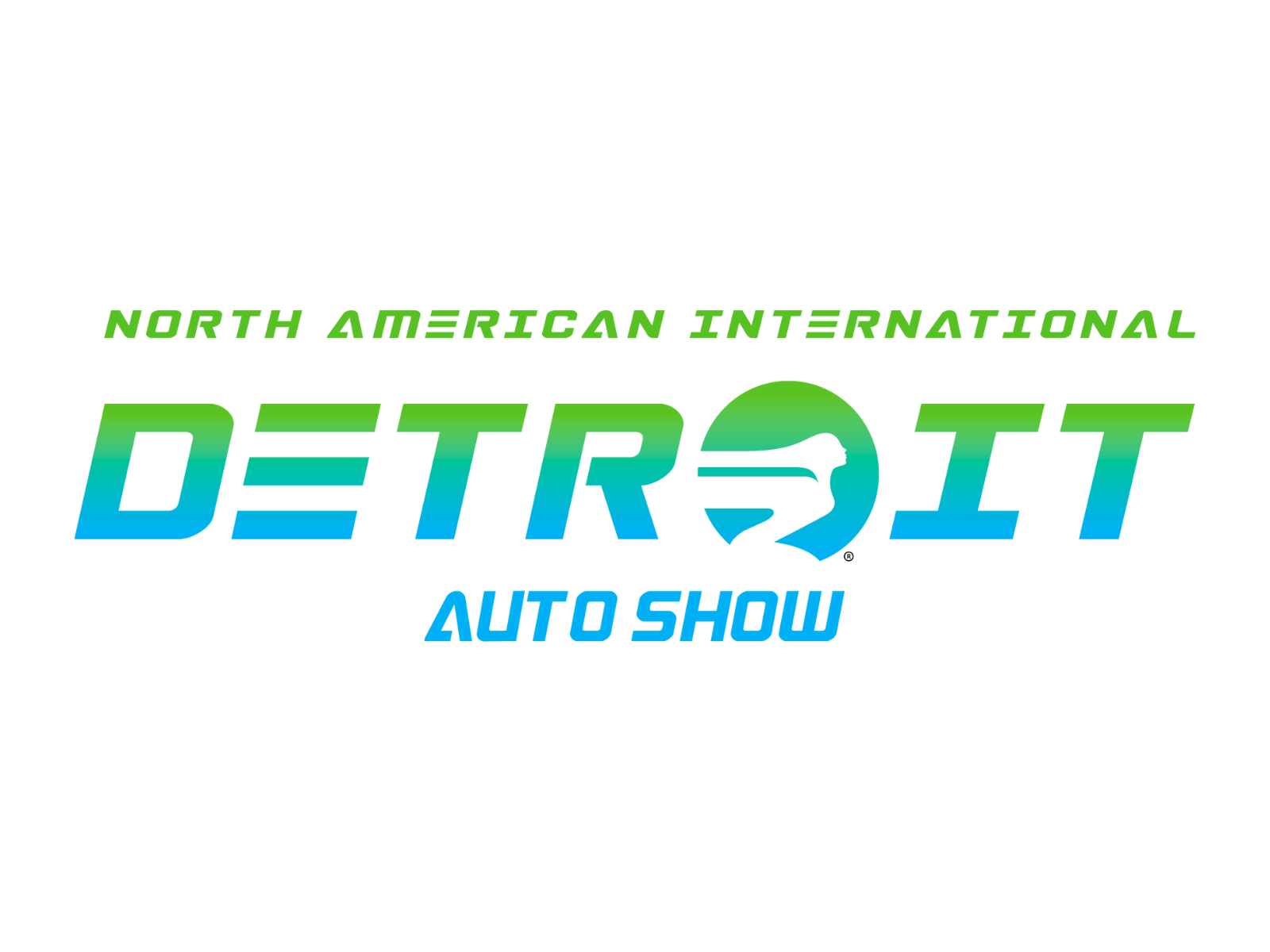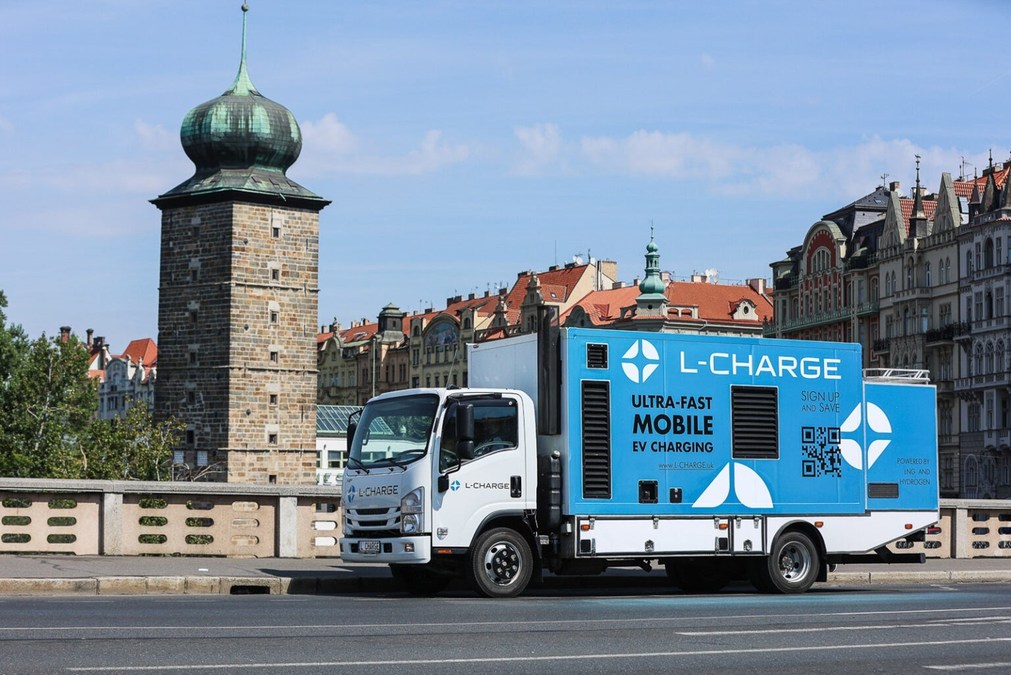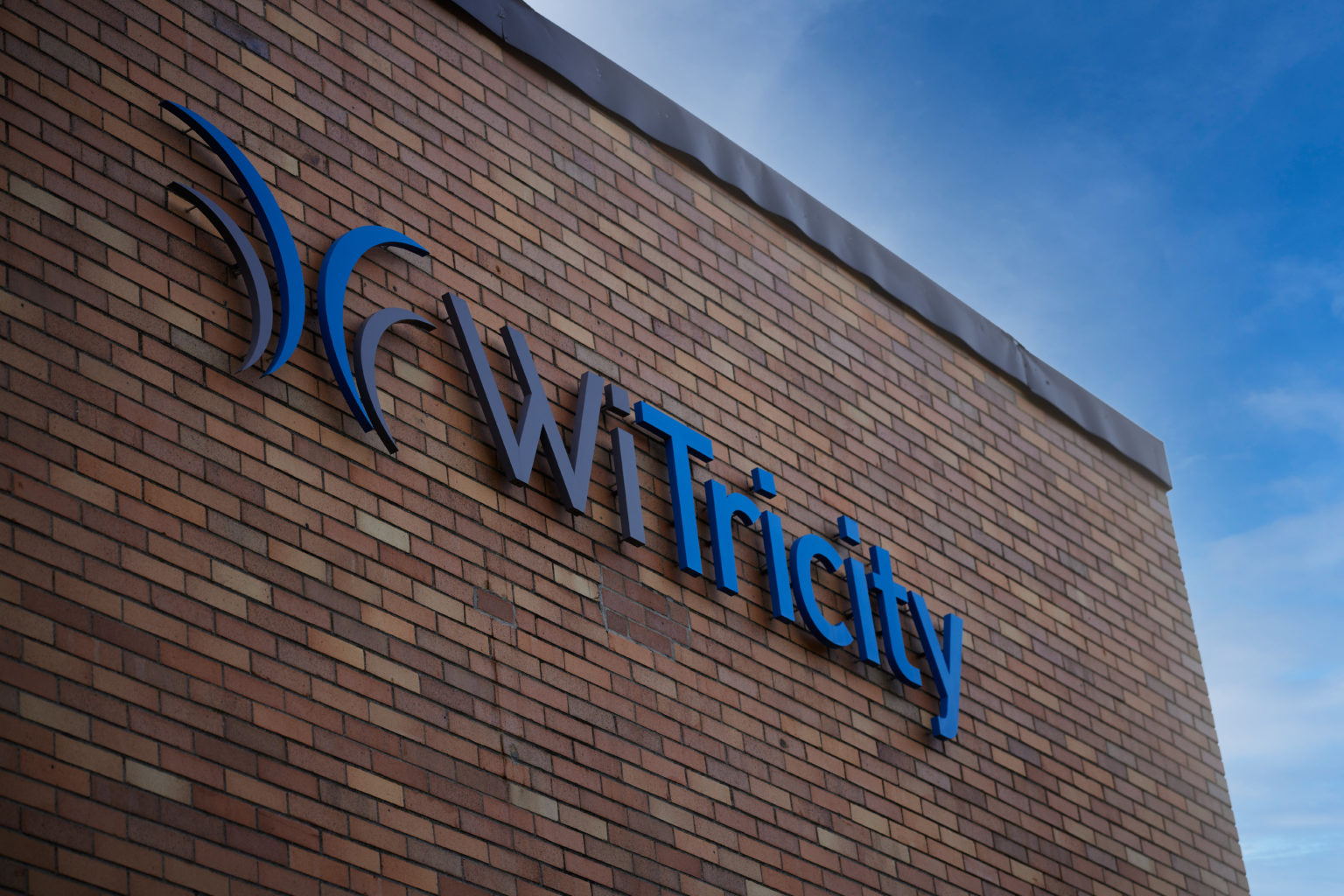In late August, the California Air Resources Board approved a ruling requiring 100 percent of new car sales in California to be zero-emission vehicles (ZEVs) by 2035.
In response, Governor Gavin Newsome stated:We can solve this climate crisis if we focus on the big, bold steps necessary to cut pollution.
Since then, 17 states have adopted all or part of California’s low-emission and zero-emission vehicle regulations. Ironically, less than two weeks later, the state asked residents to avoid charging electric vehicles during peak hours due to power grid issues and rolling blackouts during the severe heatwave. Can you have it both ways?
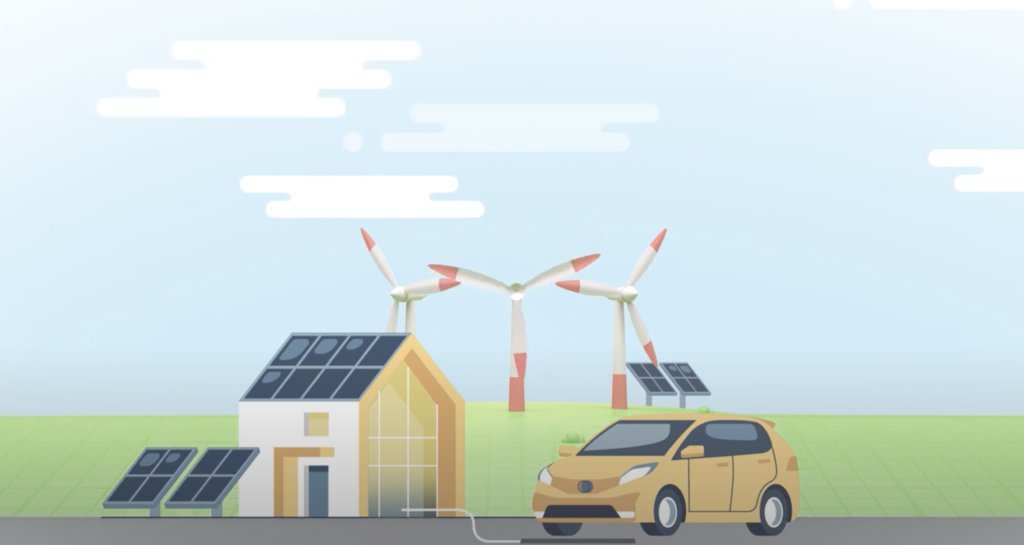
It’s been said that California only has about 600,000 electric vehicles on the road today out of a total 20 million operating vehicles. If internal combustion engines are banned, and the electrical infrastructure can’t handle charging a percentage of the total, what will happen when all new vehicles are electric? Can the grid support all these vehicles?
In fact, as recently reported by Wired, EVs can play a key role in stabilizing the grid through the technology known as “Vehicle to Grid,” or V2G. As EV ownership increases, there is a tremendous amount of “untapped potential” (pun intended) just sitting unused. The batteries in the EVs, themselves, can be tapped to help stabilize the grid during exceptional and peak events, while at the same time providing owners with a lower energy bill. Furthermore, with V2G, EV owners have an instant backup power supply for their own home and additional peace of mind. With future smart V2G systems, EV owners will be able to set their desired EV battery minimum state-of-charge so that the grid never pulls more power from the EV than the owner wants or needs for their next trip.
All of this is great, but a good V2G system requires mostly charged or fully charged EV’s to be plugged-in and who thinks about plugging in an EV that’s already charged?! Bidirectional wireless power transfer for EVs provides the answer. EV owners just park and charge – connectivity is automatic and always available. Owners just let the system know what they want and need on the mobile app and everything else is handled.
This article was originally published by WiTricity.



